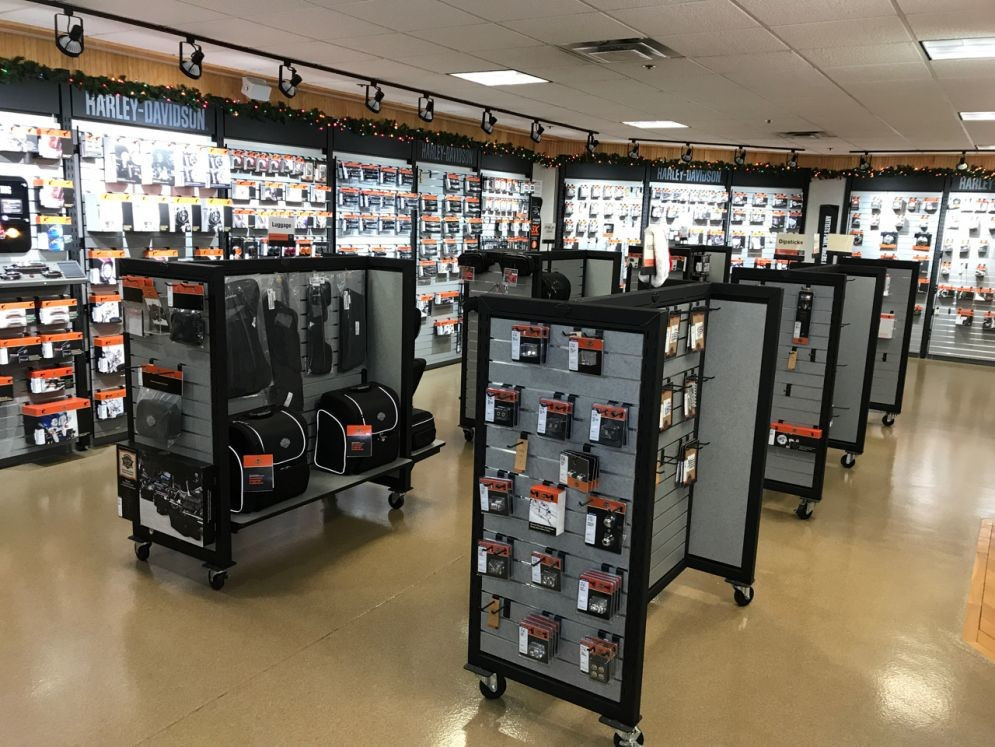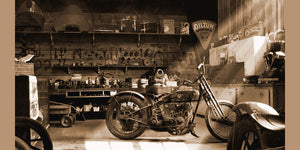Must-Have Motocross Gear: Elevate Your Riding Experience Today
Recognizing the Crucial Parts of a Motorbike: A Comprehensive Guide for Lovers
For motorbike lovers looking to elevate their riding experience and guarantee their bikes run efficiently, comprehending the important parts of a motorcycle is vital. Each aspect, from the engine's intricate functions to the essential duty of the braking mechanisms, not only impacts efficiency however also security and comfort.
Engine Parts

The camshaft plays a vital function in controlling the timing of the engine's shutoffs, making certain the specific opening and closing essential for efficient gas and air intake, along with exhaust expulsion. This timing is crucial to maintaining optimum engine efficiency and effectiveness. Furthermore, the carburetor or fuel shot system, depending on the motorcycle model, is accountable for blending air with gas in the correct proportion for burning.
The air conditioning system, either air or liquid-based, works to maintain the engine's temperature level within operational limits, stopping getting too hot and guaranteeing longevity - motorcycle parts nz. Each element, diligently made and incorporated, adds to the smooth procedure of the engine, defining the bike's power result and total performance
Transmission System
Indispensable to the bike's performance, the transmission system guarantees efficient power transfer from the engine to the wheels. This system consists of numerous crucial components, including the clutch, gearbox, and last drive, each playing an important role in equating the engine's power right into motion. The clutch, commonly run by a hand lever, offers to involve and disengage the engine from the transmission, permitting for smooth equipment adjustments and regulated acceleration.
The gearbox, frequently referred to as the transmission correct, includes a collection of equipments that bikers can manually move through to adjust the bike's speed and torque output. These equipments are set up in a sequence that enables the motorcycle to increase efficiently and maintain optimal engine efficiency throughout various rates. A lot of motorbikes utilize a consecutive transmission, needing the rider to shift equipments in a fixed order.
Braking Systems
While understanding the transmission system is vital to using a motorcycle's power, similarly crucial is the ability to regulate and stop that power efficiently, which is where braking systems enter play. Brakes are essential for safety and efficiency, providing the cyclist with the required control to browse different terrains and problems. Generally, bikes feature two sorts of braking systems: disc brakes and drum brakes.
Disc brakes are a lot more prevalent in modern-day motorcycles as a result of their remarkable performance. They include a brake disc, caliper, and pads. When triggered, the caliper presses the brake pads against the rotating disc, converting kinetic power right into warmth, thereby slowing the wheel. This system supplies far better heat dissipation, constant performance, and enhanced stopping power, particularly in damp conditions.
Conversely, drum brakes, though less typical, are still located in some motorcycles. They work by pushing brake shoes against the inner surface of a drum connected to the wheel. While normally much less reliable in warmth dissipation and stopping power, drum brakes are easier and extra cost-efficient.
Understanding these braking systems' nuances enables bikers to keep their bikes correctly and appreciate the engineering that guarantees reliable and risk-free quiting.
Suspension and Guiding
Suspension and steering systems are crucial components that substantially affect that site a motorbike's handling and adventure convenience. The shock absorber, containing forks at the front and shock absorbers at the back, takes in roadway irregularities, enhancing stability and control. Front forks, normally telescopic or upside down, compress and rebound to mitigate effects, while rear shock absorbers maintain tire contact with the roadway, vital for grip and safety and security.
Guiding, focused around the handlebars, links the biker to the motorcycle's directional control. The guiding head bearings make certain smooth operation, allowing accurate maneuverability. Proper placement and maintenance of these bearings are essential for predictable guiding action and minimizing biker fatigue.
The suspension's adjustability summer motorcycle trousers is an additional vital element; preload, damping, and rebound setups enable personalization to suit numerous riding styles and conditions. This flexibility is vital for optimizing efficiency, whether navigating city roads or dealing with sturdy tracks. Innovations like digital suspension systems offer real-time changes, enhancing adventure top quality across diverse surfaces.

Electrical Systems
After ensuring a smooth and regulated experience through efficient suspension and guiding systems, focus transforms to the electrical systems, a critical facet of modern motorbikes. These systems play a crucial function not just in starting the engine however likewise in powering numerous components that improve the capability and safety of the motorbike.
At the heart of a bike's electric system is the battery, which stores electrical energy essential for starting the engine and powering auxiliary systems - motorbike shop. The generator or generator, coupled with the rectifier-regulator, makes sure the battery continues to be charged while the motorbike is in procedure, transforming mechanical energy into electrical power and maintaining voltage levels
The ignition system, another vital part, is liable for igniting the air-fuel blend in the engine's cyndrical tubes. Modern bikes usually utilize an electronic ignition system, offering greater efficiency and dependability compared to conventional systems.
Illumination systems, including headlights, tail lights, and indicators, are also vital, guaranteeing visibility and safety for the rider. Additional digital parts such as sensing units, control systems, and shows contribute to advanced features like fuel shot monitoring, anti-lock stopping systems (ABDOMINAL), and digital dashboards, additionally boosting the riding experience.
Verdict
A thorough understanding of a motorbike's vital components, consisting of the engine, transmission system, braking systems, suspension, guiding, and electrical systems, is indispensable for fanatics aiming to maximize comfort, security, and efficiency. Mastery of these components permits informed choices regarding maintenance and upgrades, inevitably enhancing the riding experience. By incorporating this knowledge, bikers can ensure their motorbikes run at my website peak efficiency and integrity, thus optimizing both enjoyment and durability of their lorries.
For motorcycle lovers looking to elevate their riding experience and ensure their bikes run efficiently, comprehending the important parts of a bike is paramount.Important to the bike's functionality, the transmission system ensures effective power transfer from the engine to the wheels.While recognizing the transmission system is vital to harnessing a motorcycle's power, similarly crucial is the capacity to regulate and quit that power effectively, which is where braking mechanisms come right into play. Usually, motorcycles feature 2 kinds of braking systems: disc brakes and drum brakes.
A complete understanding of a bike's essential components, including the engine, transmission system, stopping devices, suspension, guiding, and electric systems, is indispensable for enthusiasts aiming to optimize safety and security, efficiency, and convenience.